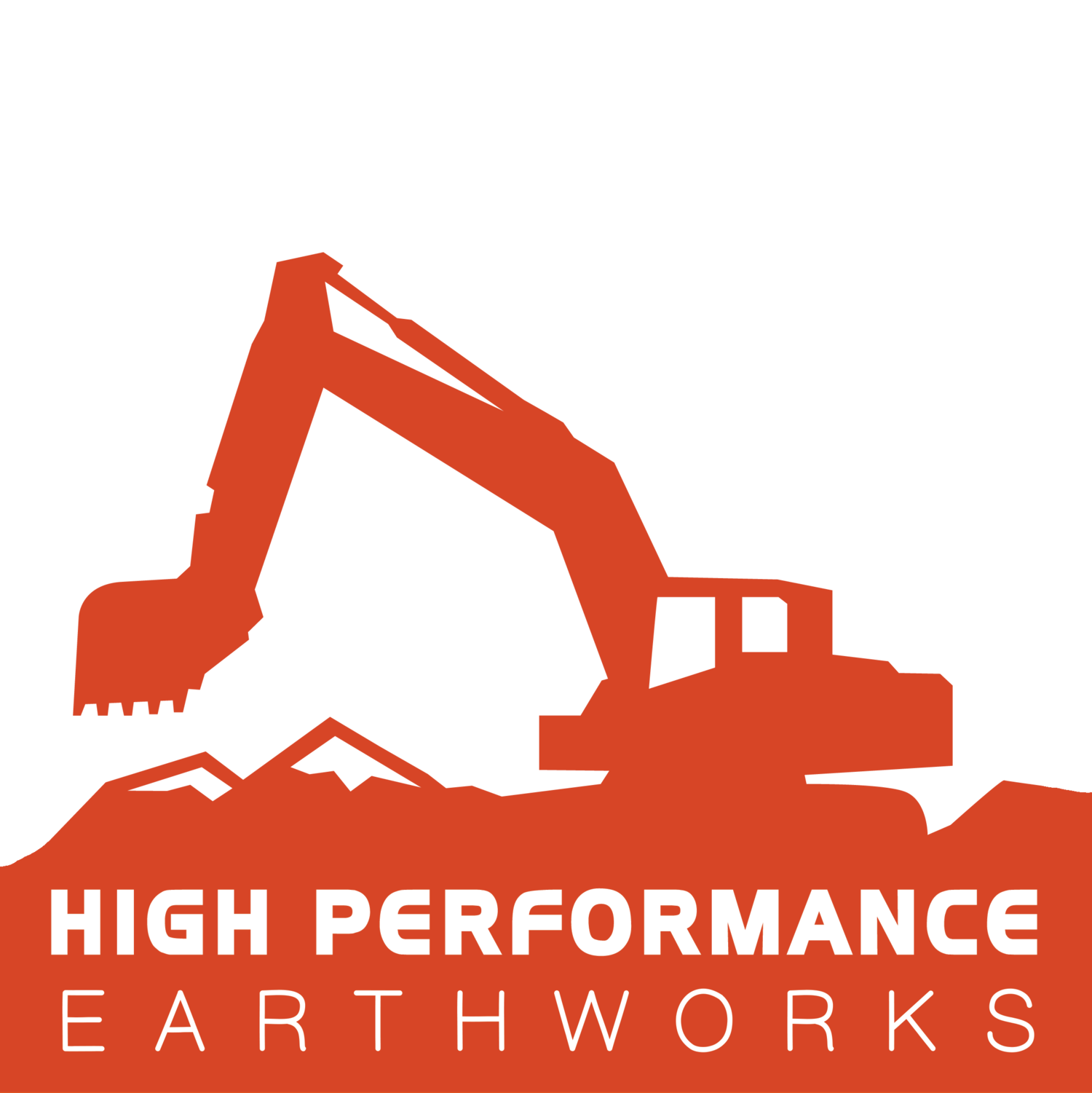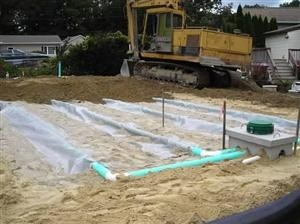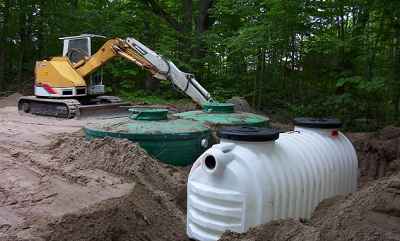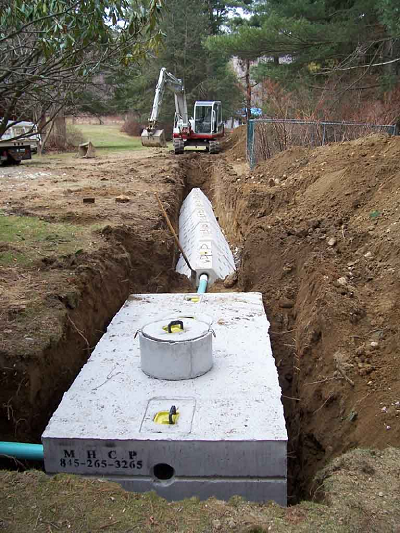When you have a septic tank in Boulder Colorado, you want to know what the common problems are so that you can work to avoid them. Once you know what issues might occur, you can more easily keep up with the preventative maintenance. There are a number of issues that might affect a septic system, but the good news is that with a little work, most can be easily avoided.
Tree Root Damage
It is important that any plant with deep roots is not planted near a septic tank, and this includes trees. As the roots grow and penetrate the soil, they can harm the structures of your system, including the tank and the pipes.
Vehicle Damage
It is important that nothing heavy is ever placed in the area of your septic system and this includes vehicles. This could damage the tank and even cause it to crack or be crushed. If this happens, you will have to get a new system if this occurs.
Dip Pipe Damage
When getting your system emptied, it is possible for the dip pipe to accidentally get knocked off. This results in the soakaway system getting flooded with the wrong materials. The liquids in your system will either back up into your yard or sewage can start to back up into your home if this happens.
Ground Movement
It is possible for the ground that surrounds your Boulder County septic system to move just a little bit. The shift is often so minimal that you do not notice it. However, this puts pressure on the tank component of your system. As a result, it is possible for the tank to crack which could lead to sewage backup and your system no longer being able to separate the waste.
Intense Hydrostatic Pressure
There are times when your septic system gets pummeled with pressure from water collecting below the ground. This pressure can result in the tank and the attached pipe disconnecting. The drainage system will start to back up and can flood your properly, leaving excess water and waste throughout your yard.
Incorrect Installation
It is critical that all of the components of your Boulder County septic system are installed properly. If any part is not installed correctly, this can cause an array of problems. To ensure accurate installation, make sure to choose a reputable septic system company with extensive experience so that you can be confident that the work will be done right.
Poor Routine Maintenance
It is critical that your system get routine maintenance in order to keep it in good condition. You must make sure that it is emptied on a regular schedule and that the various components are inspected every one to two years.
You can see that there are a number of possible septic system problems to be aware of. Make sure to evaluate your system and determine if any of these issues could affect your system. If you need to make some changes or repairs, consult with a professional to ensure that the work is done correctly.





